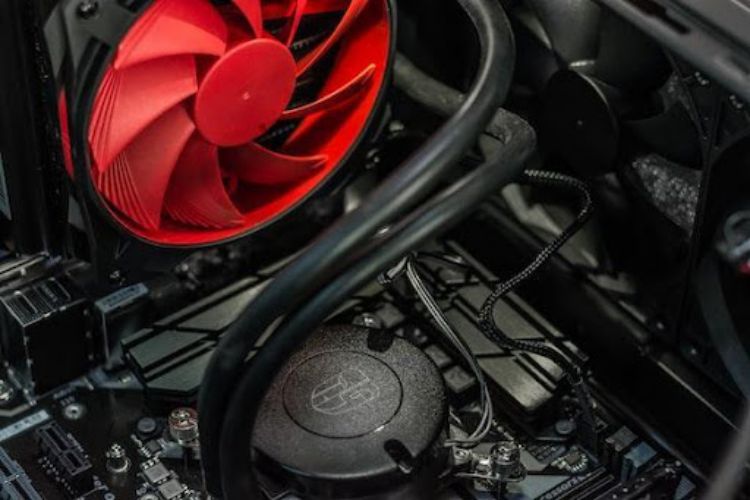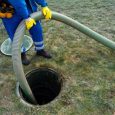An evaporative condenser is a device used to cool water or other fluids using evaporative cooling. In an evaporative condenser, a liquid is sprayed over a pack of cooling fins. As the liquid evaporates, it removes heat from the fluid passing over the cooling fins. This cooled fluid can then be used to cool a process or machine.
Evaporative Cooling
 Evaporative cooling has been used for centuries to cool things down. The ancient Egyptians used evaporative cooling to keep their wine from spoiling. In the United States, the first evaporative cooling system was used in 1881 to cool the printing presses at the New York Times.
Evaporative cooling has been used for centuries to cool things down. The ancient Egyptians used evaporative cooling to keep their wine from spoiling. In the United States, the first evaporative cooling system was used in 1881 to cool the printing presses at the New York Times.
Evaporative cooling works by using a liquid to cool a fluid using evaporation. In evaporative condensers, a liquid is sprayed over a pack of cooling fins. As the liquid evaporates, it removes heat from the fluid passing over the cooling fins. This cooled fluid can then be used to cool a process or machine.
There are a number of benefits to using evaporative cooling. First, evaporative cooling is a natural process that doesn’t require any energy to run. Second, it is a very effective way to cool things down. In fact, evaporative cooling can be up to 30% more effective than traditional air conditioning. Third, it is a very cost-effective way to cool things down. Evaporative cooling systems are much cheaper to operate than traditional air conditioning systems.
There are also a few drawbacks to using evaporative cooling. First, evaporative cooling can be less effective in humid climates. Second, it can be more expensive to install an evaporative cooling system than a traditional air conditioning system. Finally, evaporative cooling can produce more moisture in the air, which can lead to problems like mold growth.
Evaporative cooling is a more efficient way to cool fluids than using fans or compressors. This is because the fluid is cooled by the evaporation of the liquid, rather than by being forced through a cold surface. Evaporative cooling can be used to cool water, air, and other fluids. The basic principle behind evaporative cooling is the evaporation of liquid water into water vapor. This process requires heat, which is taken from the fluid being cooled. The evaporation of water vapor also releases heat, which is why evaporative cooling is more efficient than other methods of cooling.
Sizing an Evaporative Condensor
 When sizing an evaporative condenser, there are a few factors you need to take into account. The first is the flow rate of the process fluid. This is the rate at which the fluid is passing through the condenser. You need to know the inlet and outlet temperature of the fluid, as well as the relative humidity of the air.
When sizing an evaporative condenser, there are a few factors you need to take into account. The first is the flow rate of the process fluid. This is the rate at which the fluid is passing through the condenser. You need to know the inlet and outlet temperature of the fluid, as well as the relative humidity of the air.
The next factor is the heat load of the process. If you want to cool your fluid, you need to know the heat load of the process. This is the amount of heat that needs to be removed from the fluid. You need to know the inlet and outlet temperatures of the fluid, as well as the relative humidity of the air.
The inlet and outlet temperatures of the fluid are the temperatures of the fluid at the inlet and outlet of the cooling system. Relative humidity is the percentage of moisture in the air. The latent heat of vaporization is the amount of heat needed to turn 1 pound of water into 1 pound of water vapor.
The last factor is the ambient temperature. The higher the ambient temperature, the more heat the air will absorb. This will affect the performance of the evaporative condenser.
Based on these factors, you can determine the size of the evaporative condenser you need. You can then use a calculator to size the condenser. There are many online calculators available, or you can use a software program like HTRI. The calculator will give you the recommended size of the condenser.




